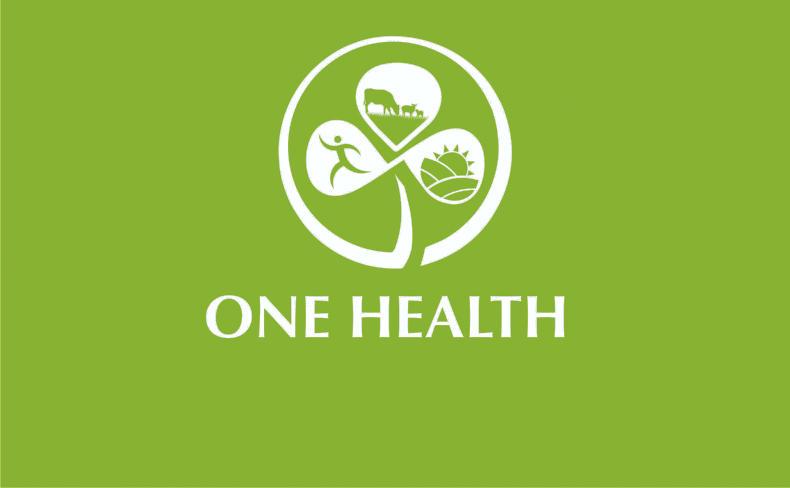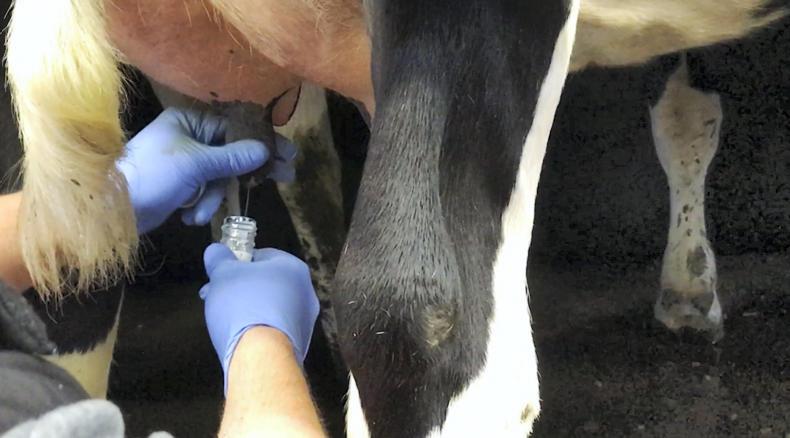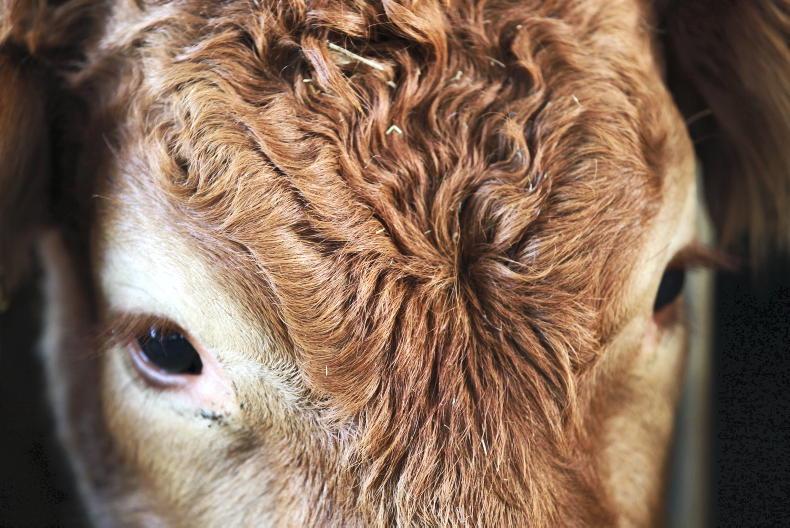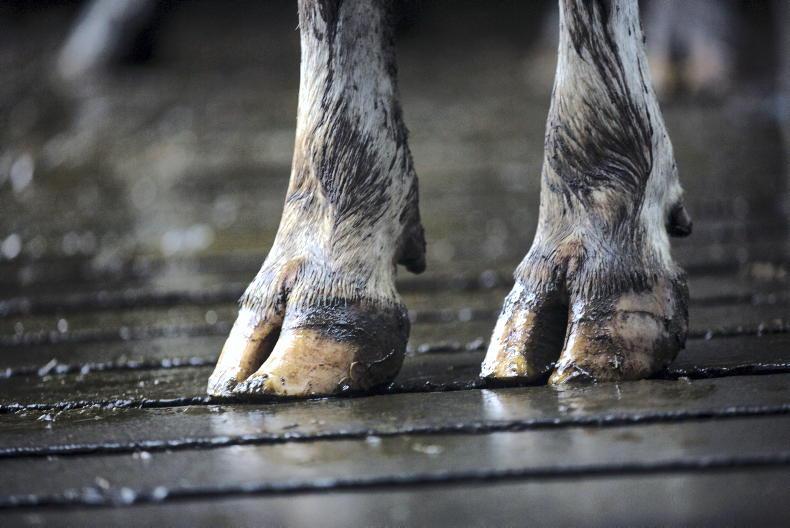Antibiotics are natural or synthetic substances that inhibit the growth of, or destroy, bacteria.
Antibiotics were discovered in 1929 when Alexander Fleming stumbled across a fungus that killed some bacteria; thus, penicillin was born. Over the next few decades, more antibiotics were discovered.
They revolutionised modern medicine prolonging global life expectancy by an estimated 20 years. No new classes of antibiotics have been discovered since 1987, and there are no new antibiotics on the horizon so we really need to preserve the effectiveness of the antibiotics we have. We are relying on existing antibiotics to protect human and animal health , as well as animal welfare and food security into the future. They play a key role in treating infections, and when used in the right way they are essential tools against disease.
Antibiotics continue to work in the same away against bacterial disease, but bacteria can evolve and mutate, allowing them avoid the medicine’s killing mechanisms.
What factors increase the likelihood of AMR developing?
UnderdosingNot finishing the treatment course as prescribed by your vet.Inappropriate use of antibiotics without veterinary diagnosis, such as using an antibiotic to treat a viral disease Inappropriate use of an antibiotic without a veterinary prescription -farmers must not decide to use an antibiotic unless it has been prescribed by a vet for that specific animal Using antibiotics of last resort in human medicine (HP-CIAs) as first-line therapy.Incorrect disposal of antibiotics.Overuse of antibiotics.This leads to the development of resistant bacteria that turn simple infections in our animals and ourselves into serious life-threatening infections. The responsible use of antibiotics may be summed up by the motto that we should aim to use them “As little as possible, as much as necessary”. Antibiotics should never be used to compensate for deficiencies in animal husbandry, or poor farm management practices.
To get the best results from using antibiotics now and into the future, we talk about following the all-important “six rights”;
1 Right veterinary diagnosis:
An accurate veterinary diagnosis is essential to identify if an animal is suffering from a bacterial infection. Only a bacterial infection requires an antibiotic as an effective treatment. Antibiotics are only available on prescription because vets are best placed to make this diagnosis and prescribe antibiotics appropriately.
2 Right animal for treatment:
Again getting a veterinary diagnosis ensures that you only treat the animal that actually needs an antibiotic.
3 Right medicine is used:
Certain antibiotics work better to treat some conditions. Always seek advice from your vet.
4 Right dose:
Animal weights should be estimated as accurately as possible. This is critical, as under-dosing can lead to low exposure of the bacteria to the antibiotic, which could increase the likelihood of bacteria becoming resistant.. Antibiotics should be administered as per your vet’s instructions. Overdosing is a waste of money as the antibiotic is licensed to work at a certain dose rate and does not work any better if you give more than this. Also, you are increasing the amount of antibiotic being excreted by the animals into the environment by giving a higher dose.
5 Right duration:
Antibiotics should only be given as directed by your vet. Do not stop the course prematurely, as this will not fully treat the disease and may result in this antibiotic not working effectively in the future.
6 Right disposal and storage of antibiotics:
If antibiotics leak into the environment, this increases the risk of environmental bugs developing resistance. These resistant bacteria in the environment then can spread to animals, and people and cause disease. Antibiotics should never be disposed of in domestic rubbish, or by pouring down the drain.
Go online at www.ifj.ie and print off our six-rights poster for your farm
A “Code of Good Practice Regarding the Responsible Prescribing and Use of Antibiotics in Farm Animals” was launched in November 2018 and is available for download at www.agriculture.gov.ie/amr
For the last thirty years, dairy farmers have been treating their herds with dry cow antibiotic tubes as part of the five point mastitis plan. This was a way of treating existing infections in udders between lactations, by using an appropriate dry cow antibiotic.
With the ever increasing concerns around antibiotic resistance, dairy farmers are now moving away from this technique and beginning to select cows based only on a need for treatment. This is what we call selective dry cow therapy.
There are some very important requirements farmers must consider before going down this road. New legislation in 2022 will require most farms to move towards this approach at drying off. It is critical that both farmers and their vets start working together to adopt this approach.
Farms need to:
Be milk recording on a regular basis so as to pick out high cell count or problem cows. Two recordings at the end of the lactation help with decision making, and one shortly after calving allows farmers to look at infection rate over the dry period.Target five to six milk recordings in the year. The average herd cell count should be under 200,000 for the year. I sometimes recommend a lower cell count target of < 150,000 for farmer’s trialling SDCT for the ?rst time. Individual cows that don’t receive treatment must have all recordings for the year below 100,000. Again when tipping your toe in the water to build confidence I say below 80,000 for individual cows as a lower limit You need to know what bacteria are present by sampling some high cell count cows at the end of the lactation. Any farm with strep Agalactiae should not consider SDCTAll cows being dried off without antibiotics should receive sealer.When picking an antibiotic dry cow tube, use one based on sensitivity testing.The rules are changing and so must our approach to using antibiotics at drying off. When the above criteria are met, farmers need to work with vets who have been trained under the new Animal Health Ireland cell check program to plan drying off.
The biggest mistakes are made when records are not used properly or the drying off technique and hygiene is poor. A big emphasis must be placed on the environmental hygiene for cows for seven to 10 days after drying off.
Animal Health Ireland are now running free workshops throughout the country on selective dry cow therapy. Over 220 Irish vets have also carried out training on advising farmers about SDCT. For more information on the workshops, visit www.animalhealthireland.ie.

Antibiotics are natural or synthetic substances that inhibit the growth of, or destroy, bacteria.
Antibiotics were discovered in 1929 when Alexander Fleming stumbled across a fungus that killed some bacteria; thus, penicillin was born. Over the next few decades, more antibiotics were discovered.
They revolutionised modern medicine prolonging global life expectancy by an estimated 20 years. No new classes of antibiotics have been discovered since 1987, and there are no new antibiotics on the horizon so we really need to preserve the effectiveness of the antibiotics we have. We are relying on existing antibiotics to protect human and animal health , as well as animal welfare and food security into the future. They play a key role in treating infections, and when used in the right way they are essential tools against disease.
Antibiotics continue to work in the same away against bacterial disease, but bacteria can evolve and mutate, allowing them avoid the medicine’s killing mechanisms.
What factors increase the likelihood of AMR developing?
UnderdosingNot finishing the treatment course as prescribed by your vet.Inappropriate use of antibiotics without veterinary diagnosis, such as using an antibiotic to treat a viral disease Inappropriate use of an antibiotic without a veterinary prescription -farmers must not decide to use an antibiotic unless it has been prescribed by a vet for that specific animal Using antibiotics of last resort in human medicine (HP-CIAs) as first-line therapy.Incorrect disposal of antibiotics.Overuse of antibiotics.This leads to the development of resistant bacteria that turn simple infections in our animals and ourselves into serious life-threatening infections. The responsible use of antibiotics may be summed up by the motto that we should aim to use them “As little as possible, as much as necessary”. Antibiotics should never be used to compensate for deficiencies in animal husbandry, or poor farm management practices.
To get the best results from using antibiotics now and into the future, we talk about following the all-important “six rights”;
1 Right veterinary diagnosis:
An accurate veterinary diagnosis is essential to identify if an animal is suffering from a bacterial infection. Only a bacterial infection requires an antibiotic as an effective treatment. Antibiotics are only available on prescription because vets are best placed to make this diagnosis and prescribe antibiotics appropriately.
2 Right animal for treatment:
Again getting a veterinary diagnosis ensures that you only treat the animal that actually needs an antibiotic.
3 Right medicine is used:
Certain antibiotics work better to treat some conditions. Always seek advice from your vet.
4 Right dose:
Animal weights should be estimated as accurately as possible. This is critical, as under-dosing can lead to low exposure of the bacteria to the antibiotic, which could increase the likelihood of bacteria becoming resistant.. Antibiotics should be administered as per your vet’s instructions. Overdosing is a waste of money as the antibiotic is licensed to work at a certain dose rate and does not work any better if you give more than this. Also, you are increasing the amount of antibiotic being excreted by the animals into the environment by giving a higher dose.
5 Right duration:
Antibiotics should only be given as directed by your vet. Do not stop the course prematurely, as this will not fully treat the disease and may result in this antibiotic not working effectively in the future.
6 Right disposal and storage of antibiotics:
If antibiotics leak into the environment, this increases the risk of environmental bugs developing resistance. These resistant bacteria in the environment then can spread to animals, and people and cause disease. Antibiotics should never be disposed of in domestic rubbish, or by pouring down the drain.
Go online at www.ifj.ie and print off our six-rights poster for your farm
A “Code of Good Practice Regarding the Responsible Prescribing and Use of Antibiotics in Farm Animals” was launched in November 2018 and is available for download at www.agriculture.gov.ie/amr
For the last thirty years, dairy farmers have been treating their herds with dry cow antibiotic tubes as part of the five point mastitis plan. This was a way of treating existing infections in udders between lactations, by using an appropriate dry cow antibiotic.
With the ever increasing concerns around antibiotic resistance, dairy farmers are now moving away from this technique and beginning to select cows based only on a need for treatment. This is what we call selective dry cow therapy.
There are some very important requirements farmers must consider before going down this road. New legislation in 2022 will require most farms to move towards this approach at drying off. It is critical that both farmers and their vets start working together to adopt this approach.
Farms need to:
Be milk recording on a regular basis so as to pick out high cell count or problem cows. Two recordings at the end of the lactation help with decision making, and one shortly after calving allows farmers to look at infection rate over the dry period.Target five to six milk recordings in the year. The average herd cell count should be under 200,000 for the year. I sometimes recommend a lower cell count target of < 150,000 for farmer’s trialling SDCT for the ?rst time. Individual cows that don’t receive treatment must have all recordings for the year below 100,000. Again when tipping your toe in the water to build confidence I say below 80,000 for individual cows as a lower limit You need to know what bacteria are present by sampling some high cell count cows at the end of the lactation. Any farm with strep Agalactiae should not consider SDCTAll cows being dried off without antibiotics should receive sealer.When picking an antibiotic dry cow tube, use one based on sensitivity testing.The rules are changing and so must our approach to using antibiotics at drying off. When the above criteria are met, farmers need to work with vets who have been trained under the new Animal Health Ireland cell check program to plan drying off.
The biggest mistakes are made when records are not used properly or the drying off technique and hygiene is poor. A big emphasis must be placed on the environmental hygiene for cows for seven to 10 days after drying off.
Animal Health Ireland are now running free workshops throughout the country on selective dry cow therapy. Over 220 Irish vets have also carried out training on advising farmers about SDCT. For more information on the workshops, visit www.animalhealthireland.ie.












SHARING OPTIONS